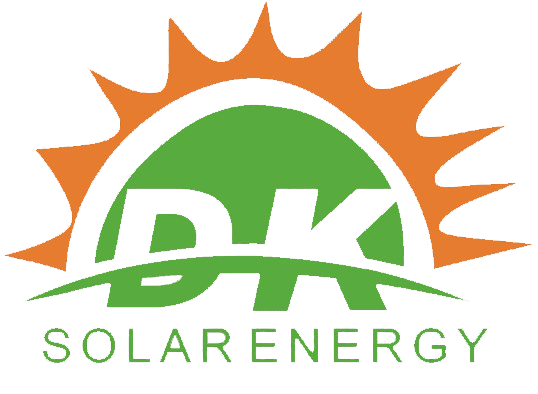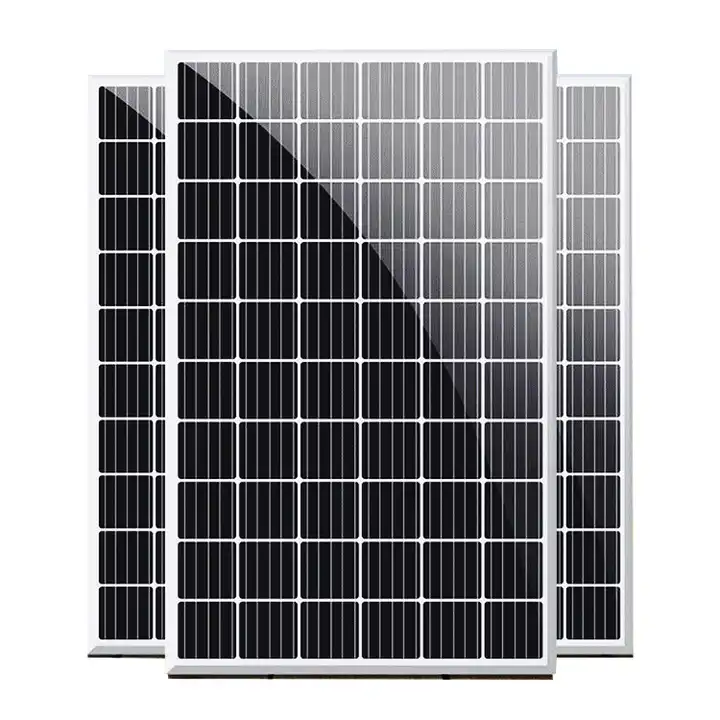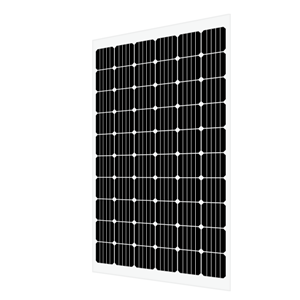Li Feng: Upstream and downstream collaboration to improve the quality of the photovoltaic industry
Recently, the General Office of the National Development and Reform Commission and the Comprehensive Department of the National Energy Administration jointly issued the Notice on Matters related to Promoting the Healthy Development of the photovoltaic industry Chain, aiming to guide the coordinated development of the photovoltaic industry upstream and downstream, multi-dimensional and multi-measures to reduce the capacity and price blockages of the photovoltaic power industry chain and improve the supporting supply guarantee ability of the photovoltaic power industry chain supply chain.
The price of polysilicon rose from around 70 yuan per kilogram in early 2020 to more than 300 yuan in the third quarter of 2022, a cumulative increase of more than three times. The high price of photovoltaic materials such as polysilicon, silicon wafer and cell wafer makes it difficult to see the inflection point in the short term, resulting in high downstream costs of photovoltaic industry.
Polysilicon is the core basic raw material of the photovoltaic industry chain, and its sharp price rise will be transmitted to silicon wafers, cells and modules. As a result, downstream photovoltaic enterprises cannot effectively solve the cost pressure caused by the price rise of polysilicon, and some photovoltaic enterprises therefore greatly reduce or even stop production, thus inhibiting the installed demand of photovoltaic terminals, leading to the construction of some large-scale photovoltaic power stations in difficulties. It is not conducive to the healthy and sustainable development of the photovoltaic industry.
The price rise of polysilicon is caused by the complex international trade environment, the substantial growth of downstream demand of the photovoltaic industry and the differences in the construction cycle of each link of the industry, as well as by some enterprises hyping up the price and some individual practitioners hoarding.
Since August this year, a number of departments have made a series of voices, and collectively interviewed some polysilicon backbone enterprises and industry institutions, guiding relevant units to strengthen self-inspection and standardized management, which is conducive to avoid polysilicon price fluctuations, and guide the upstream enterprises of the photovoltaic industry rational investment; At the same time, it is conducive to the formation of reasonable expectations of polysilicon price and the stable development of downstream enterprises in the photovoltaic industry. It will also help guide enterprises in all links of the industrial chain to deepen cooperation and promote the coordinated development of the upstream and downstream of the photovoltaic industry.
It is predicted that the domestic polysilicon production capacity will reach 1.2 million tons by the end of 2022, 2.3 times the 520,000 tons in 2021, and 2.4 million tons by the end of 2023. With polysilicon production capacity doubling, there is a very high probability of overcapacity in 2023, which could lead to a dramatic drop in prices. At that time, do not have the integration competitiveness of polysilicon enterprises will face the operating pressure. Relevant authorities are paying close attention to the price of polysilicon. The purpose is to guide relevant enterprises and institutions to strengthen self-inspection and standardized management, promote cooperation between photovoltaic industry chain and supply chain, guide collaborative innovation between industry chain and supply chain, and effectively promote the peak-filling of polysilicon output and the stability of photovoltaic installed scale.
To promote the healthy and stable development of the photovoltaic industry, it also requires the coordinated development of upstream and downstream enterprises and the joint efforts of various parties.
First, strengthen departmental work coordination and supervision and management, and promote the return of polysilicon price to rationality. We will guide photovoltaic enterprises to consciously regulate their sales activities, and refrain from price gorging, such as hoarding, taking advantage of speculation, or speculation that is not in line with their own production and operation needs. We will encourage relevant enterprises and public trading institutions to reserve polysilicon in a reasonable manner and refrain from exacerbating the situation. In view of the photovoltaic industry illegal behavior, we should strengthen the investigation and punishment, severely crack down.
Second, we will guide relevant enterprises to focus on the overall situation and long-term interests and promote the sustainable and healthy development of the photovoltaic industry. We will strengthen the reserve of new polysilicon projects and steadily accelerate the release and orderly expansion of production capacity in line with downstream demand. We will guide more enterprises planning to invest in polysilicon across the boundary to remain rational and alert and not blindly expand production. We will coordinate the construction of existing photovoltaic projects, moderately accelerate the construction of compliance projects under construction, and guard against the risk of large-scale production of new capacity in the future.
Third, explore a long-term cooperation mechanism to deepen cooperation between upstream and downstream enterprises. Encourage in-depth cooperation between silicon material and wafer enterprises, wafer and module enterprises, and module and power generation enterprises, support enterprises to establish long-term cooperation mechanism through strategic alliance, signing long orders, technical cooperation, mutual equity participation and other means, guide upstream and downstream to clarify the quantity and price, ensure supply, stabilize expectations, and jointly promote high-quality development of photovoltaic industry.




